
Fortune News | Jan 12,2019
Ethiopia's livestock standards plagued by low-quality and high-priced animal feed have prompted experts at the Ministry of Agriculture to prepare a regulatory framework with hopes of increasing the feed production quality.
The new bill aims to connect animal feed producers directly with processors and exporters, while also monitoring the process through licensing. This will eliminate intermediaries and is set to remain in effect until a proclamation on the trade chain is complete.
According to Fikadu Molla, livestock & fishery output market expert at the Ministry, the multi-actor proclamation under formulation by experts from the Ethiopian Agricultural Authority, Ethiopian Cooperative Commission, Ministry of Trade & Regional Integration and the Ministry of Agriculture will provide extensive direction.
Even so, the urgent act with the directive aims to address the lingering scarcity and skyrocketing prices in the feed market.
Fiakdu indicated that exporting animal feed while failing to meet the domestic demand has exacerbated the shortage.
"The animals here are losing their lives," he said.
However, animal production researchers such as Ewnetu Kebede (PhD), argue that export prevention does not guarantee domestic demand will be met.
Ewnetu believes the scarcity of animal feed comes from failing to address the producers while directing the focus on processing companies. He reasons that intermediaries will be abated when the feed processing companies become producers themselves.
"It'll address both the price and the shortage," he said.
According to Ewnetu, there is a need to invest in plots allocated to animal feed production, indicating that a lack of expertise in the sector heightens the issue. He observes that by-products from poultry farms, such as blood and eggshells that could be used as feed are being wasted for lack of awareness.
The bill proposes to certify manufacturers for their by-products and remove the needless middle players by directly connecting the producers and processors. A long-term plan by the Ministry of Trade & Regional Integration indicates establishing a sustainable supply chain by utilising agricultural and industrial byproducts.
Ethiopian Agricultural Authority controls the quality of animal feed and certifies processing companies.
Under Hamid Jemal, livestock regulatory head, the Authority plans on making certification for byproducts mandatory. Only 51 animal feed processors and four producers have gotten certified for their by-products.
Girma Negusse, an animal feed expert at the Authority, said that the ever-soaring prices of animal feed have been one of the pending bottlenecks exacerbated by illegal intermediaries disrupting the market chain.
"They are inflating the price further," he said.
Processors concur that intermediaries have contributed to the price hike while the debilitating shortage makes it hard to meet their demand.
Incorporated in 2021, Elf Manufacturing & Commercial Processes over 18 types of animal feed on 15hct of land in Tulefa Industrial Park, the Amhara Regional State, 64Km from Addis Abeba.
With a capacity of producing up to 2500qtl of animal feed a day, the company sources maize and soybean from farmers and factories. It distributes the processed feed to unions across the country through its agents with the latest deal to spread its reach to Tigray Regional State.
Transportation costs, and shortage in raw materials, have been some of the recent challenges faced by the company, according to Biniam Dereje (DVM), marketing manager and supervisor.
Unions on the other hand resorted to opening up their own production.
Based in Mojo town, Oromia Regional State, Lume Adama Farmers Cooperative Union, had recently opened its own factory on two hectares of land, 55Km away from Addis Abeba.
The Union with 64,000 farmers under 123 cooperatives, operates a factory that produces up to 100qtl animal feed a day for nearly 900 cattle that made their way from Borena Zone, Oromia Regional State.
The Manager Kassaye Cheru, disclosed that before opening up the factory the Union used to source barely, oil-seed cake, and maize from processing factories to feed their cattle. "Other factories weren't meeting our demands," said Kassaye.
A study conducted by the Ethiopian Agricultural Research Institute reveals a 20pc animal feed deficit in Oromia Regional State, where the annual demand stands at 47.1 million tonnes while 35.5 million tonnes were available. The Amhara Regional State, on the other hand, falls short by 26pc where 23.6 million tonnes of feed were available.
The Southern Regional States had 17.7 million tonnes available falling 17pc short of the demand while Tigray Regional State demands 4.5 million tons to meet the 46pc gap.
Employing the livestock industry as a development engine stems from the sector's untapped potential and the creation of diverse agro-industries along the route of commercialisation.
Despite the estimated 70 million cattle, 50 million goats, 40 million sheep and 59.5 million chickens, the country has gained 4.3 million dollars from livestock, which accounted for 0.4pc of total earnings in the first quarter of 2023.
Meanwhile, Ethiopia has generated 87 million dollars from exporting 17,000tn of meat to international markets. Both the revenue and amount had shown a 38pc and 35.2pc decline from last year where 120 million dollars from 23,000tn export was recorded.
The 10-member strong Ethiopian Meat Producers-Exporters Association Board Member Kelifa Hussien disclosed that the scarce and high-priced animal feed has impacted the export volume although the price doubled.
Livestock is indicated as a growing contributor to poverty reduction, food security, and agricultural development. It contributes 40pc of the global value of agriculture output and supports the livelihood and food security of more than 1.3 billion people.
However, local farmers are finding it difficult to sustain their livelihood where 70pc of the cost of animal production hovers around feed. Their livestock endurance in turn has been threatened leaving them stranded.
The farmer Teshome Gurmu, 59, resorted to preparing his own feed for his 10 oxen after learning the 2,050 Br price tag for a quintal. He recalled the same amount was sold for 800 Br last year.
He is a breadwinner for 11 people in the household that supports his family farming wheat, teff, and chickpeas on his 3.5hct land. However, he sees a gloomy future in the farming business as his oxen that need to be fed three times a day are becoming weary.
"They are barely fed," he told Fortune. "I might as well look for another means of income."
PUBLISHED ON
Jul 29,2023 [ VOL
24 , NO
1213]

Fortune News | Jan 12,2019
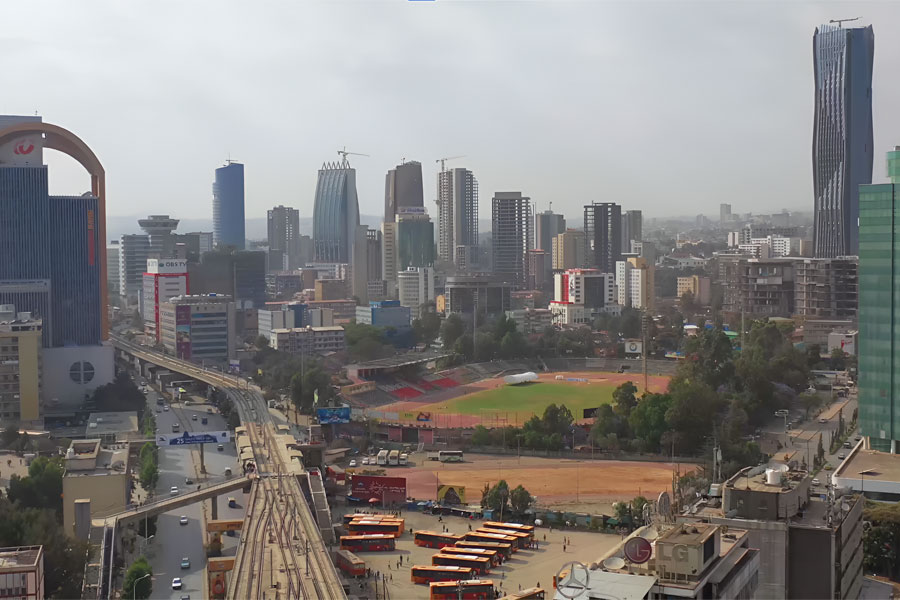
Agenda | Nov 27,2022

Fortune News | Nov 03,2024
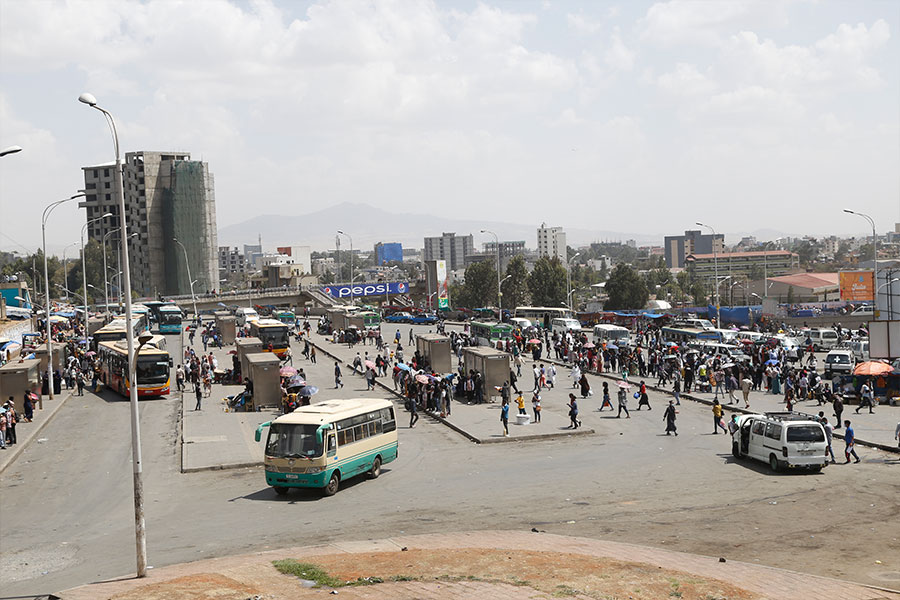
Fortune News | Feb 19,2022

Radar | Oct 12,2025
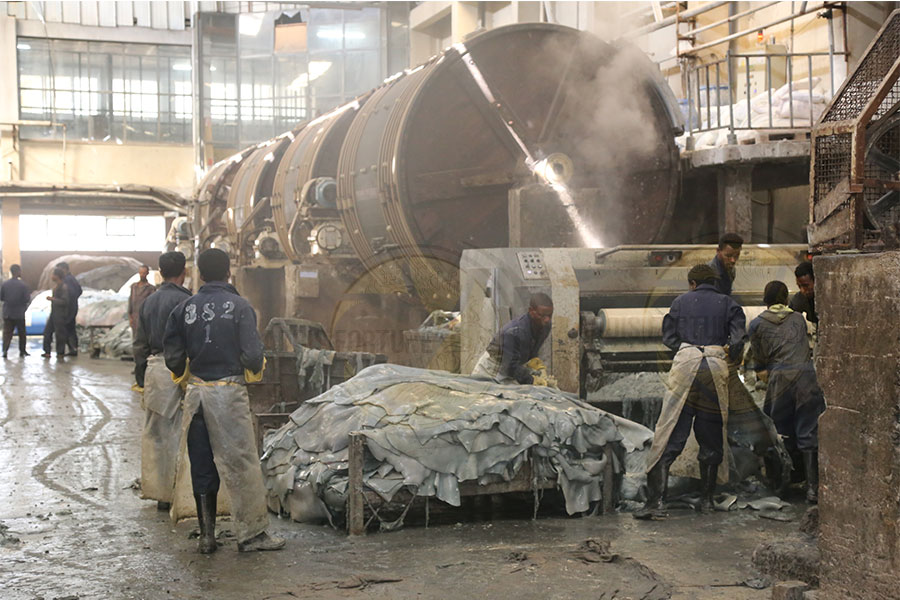
Featured | Jun 08,2019

Radar | Apr 13,2019
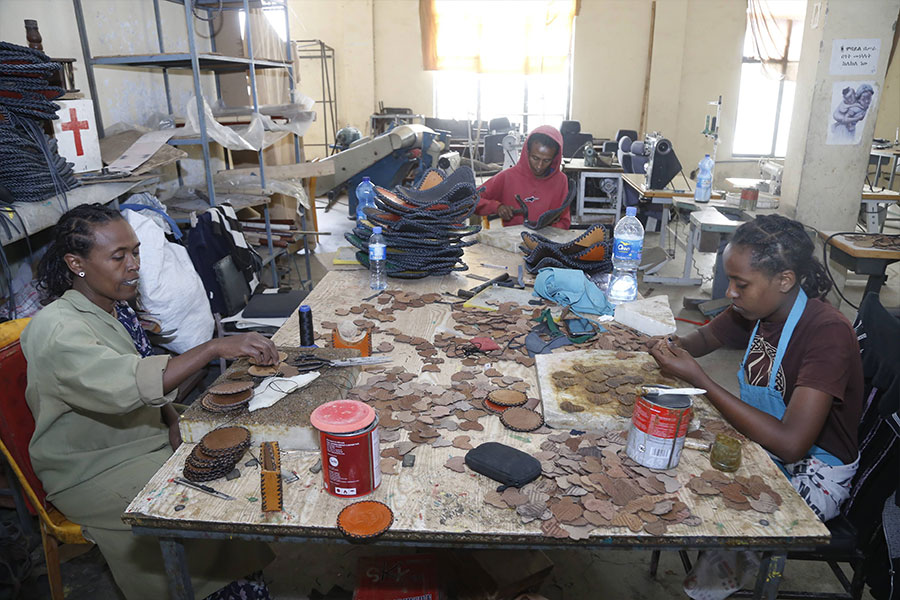
Agenda | Apr 09,2022

Commentaries | Jun 08,2019
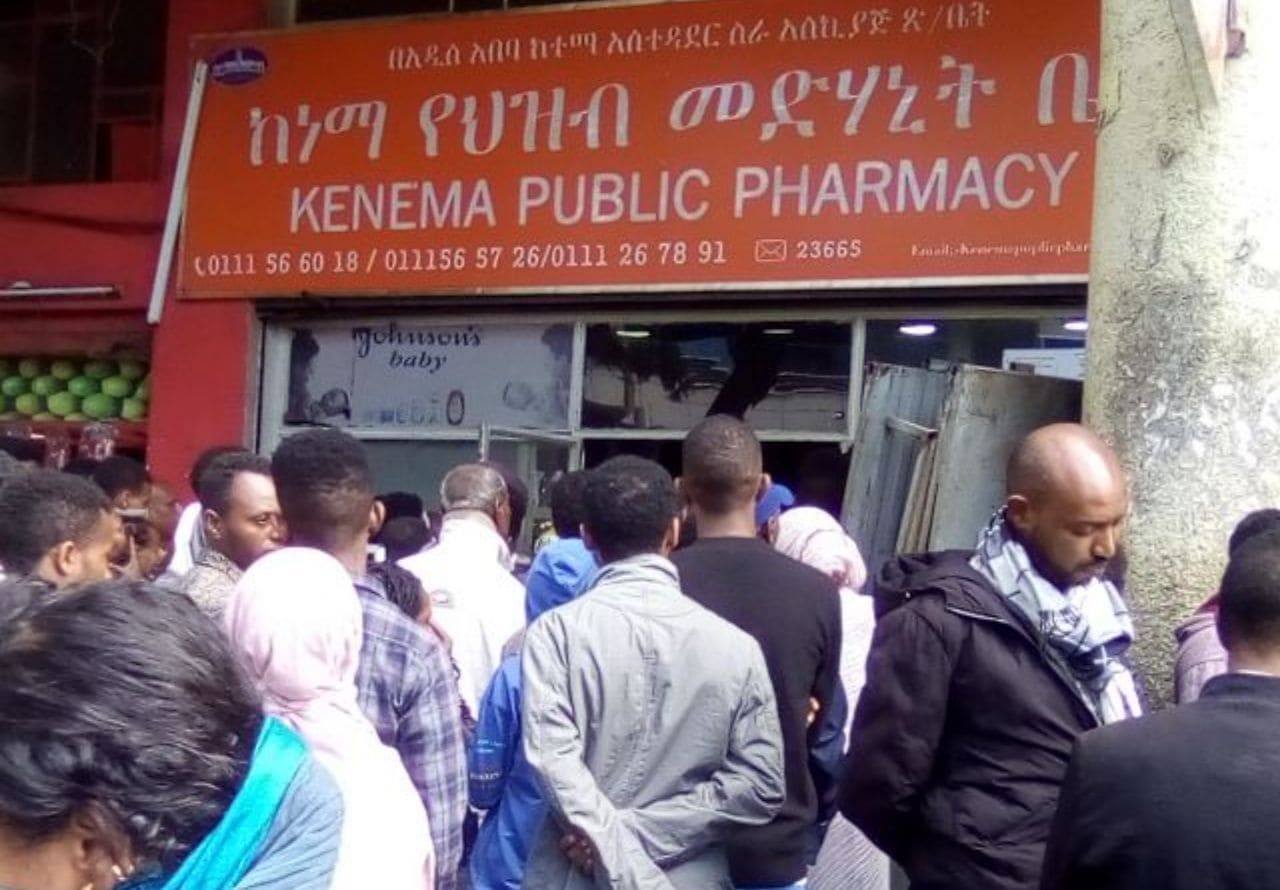
Covid-19 | Mar 21,2020

Dec 22 , 2024 . By TIZITA SHEWAFERAW
Charged with transforming colossal state-owned enterprises into modern and competitiv...

Aug 18 , 2024 . By AKSAH ITALO
Although predictable Yonas Zerihun's job in the ride-hailing service is not immune to...

Jul 28 , 2024 . By TIZITA SHEWAFERAW
Unhabitual, perhaps too many, Samuel Gebreyohannes, 38, used to occasionally enjoy a couple of beers at breakfast. However, he recently swit...

Jul 13 , 2024 . By AKSAH ITALO
Investors who rely on tractors, trucks, and field vehicles for commuting, transporting commodities, and f...

Oct 11 , 2025
Ladislas Farago, a roving Associated Press (AP) correspondent, arrived in Ethiopia in...

Oct 4 , 2025
Eyob Tekalegn (PhD) had been in the Governor's chair for only weeks when, on Septembe...

Sep 27 , 2025
Four years into an experiment with “shock therapy” in education, the national moo...

Sep 20 , 2025
Getachew Reda's return to the national stage was always going to stir attention. Once...